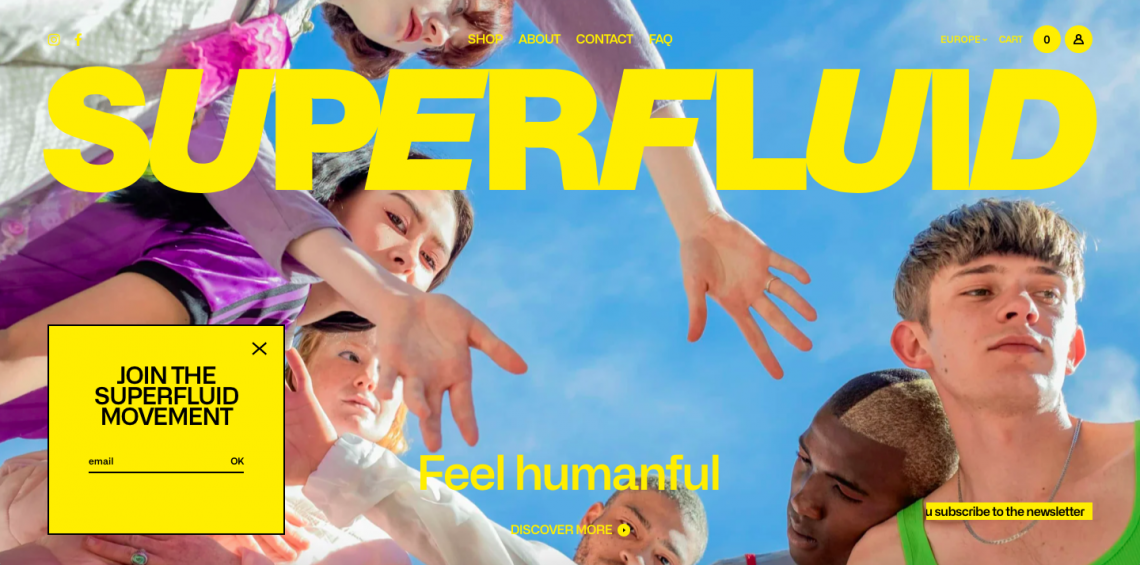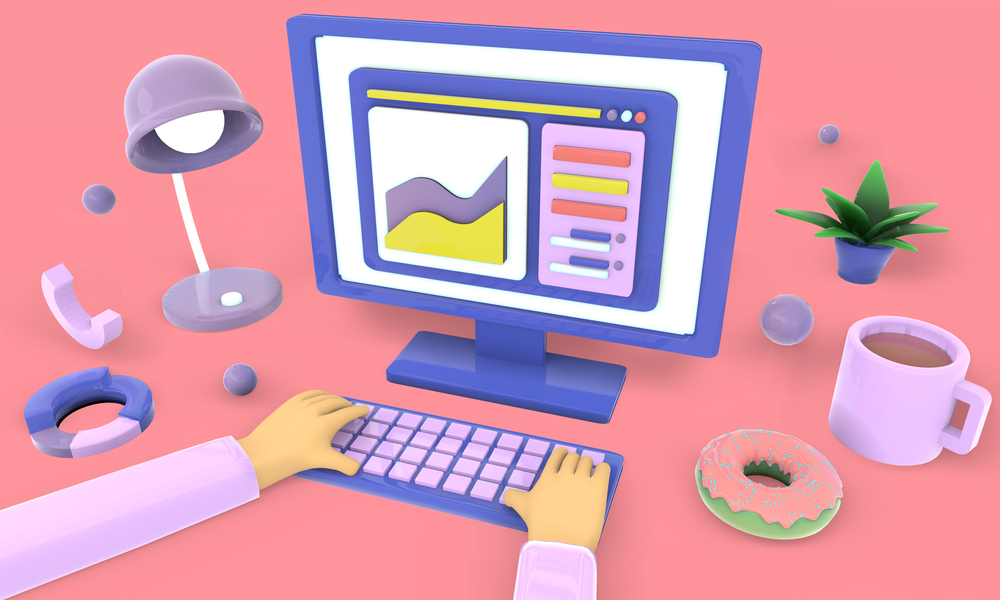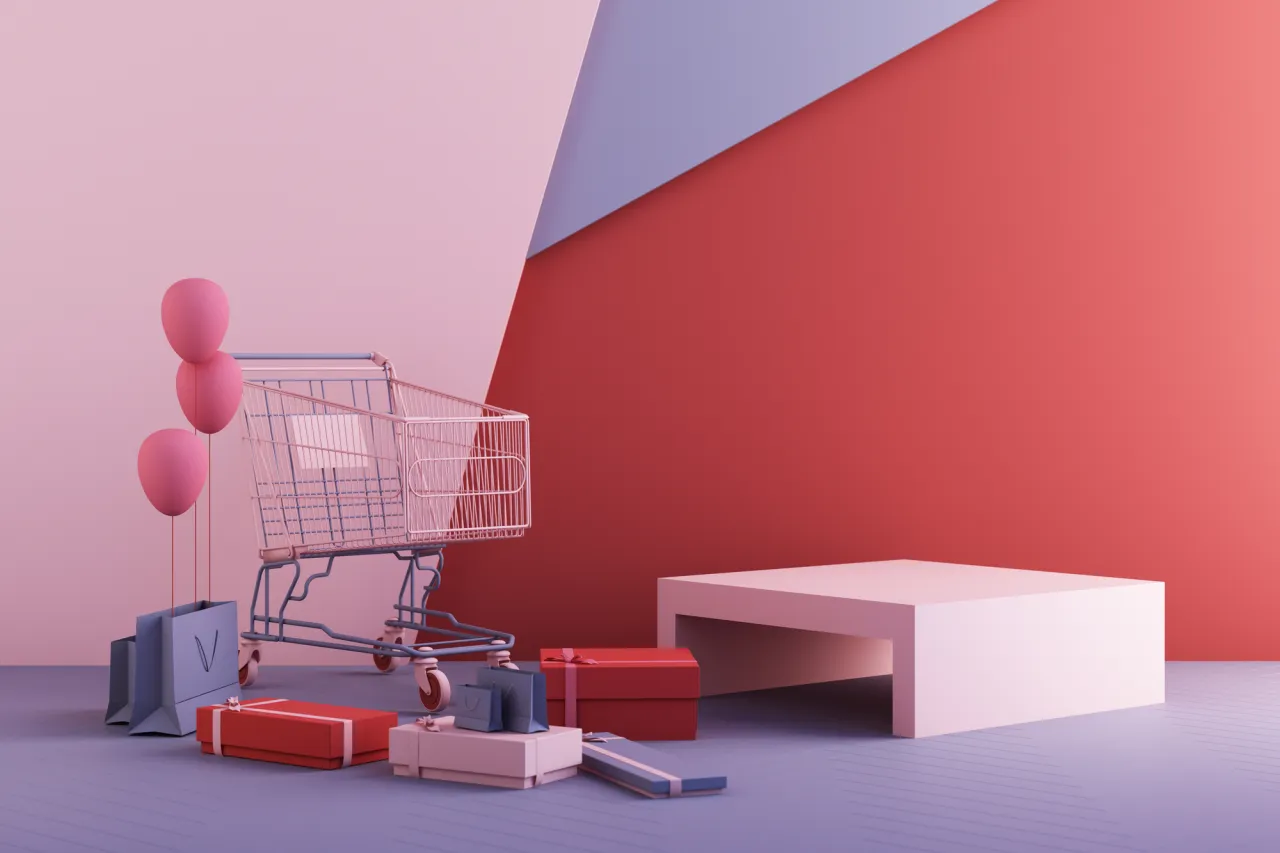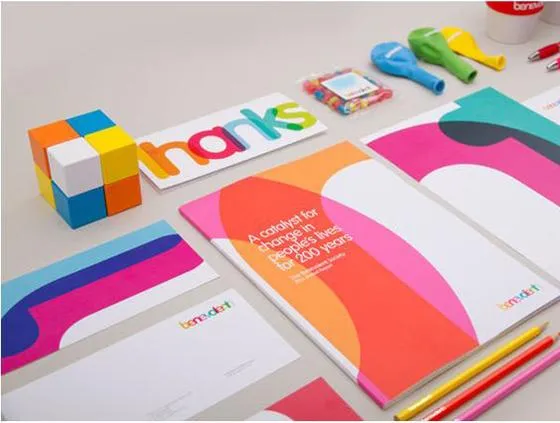Types of Visuals Every eCommerce Brand Needs
Although not every business can afford a team of award-winning designers and photographers, many small and medium-sized eCommerce companies manage to communicate with customers just as efficiently as Adidas or Samsung. What is their secret? One of the answers is a good image choice.
In 2021, the importance of visuals for retail has grown significantly, as many retailers switched to the eCommerce format. And in eCommerce, user-friendly, engaging, and beautiful design is the major prerequisite for users to spend time on your platform and buy something from you.
If you are still in the transformational phase of your retail business, or simply want to learn how you can enhance your online communication with customers by using the right images, this checklist is for you.
Choosing images to create a perfect eCommerce website design, promo materials, packaging, and more
The checklist below is most useful for marketers and small and medium-size eCommerce business owners. It will help you figure out what tasks to set for designers, as well as how much time it will take to create visual content for a full-fledged eCommerce web design or email campaign.
This checklist will also help you understand the criteria for evaluating a designer’s work on sales promotion materials design and effectively distribute your budget by using design templates, stock images, and royalty-free videos where possible.
Brand identity
You need:
✅ Logo
✅ Corporate style elements and brand identity guidelines (often includes more than just visual guidelines but also corporate values description)
Brand book (kit) and overall brand identity is a starting point for working on visual communications for any business. If you want the audience to remember you, you need a recognizable visual style, company name, and logo. We do not advise you to skimp on these fundamental things. For more information on how to create a successful logo, see Creating a Photography Logo That Sells Your Style.
The brand book is a guiding star for all departments of your company, as it contains a description of your brand values and philosophy, as well as practical recommendations for marketers, copywriters, and designers.
In particular, a brand book includes a logo, corporate colors and style elements, fonts, and visual references. You can use the recent Brand Kit feature by Crello to create a brand identity based on your logo if you want to save time.
We recently updated the Depositphotos brand identity and described our updates here — Depositphotos Has a New Logo! See How We Updated Our Brand Identity. See this case study to get an idea of the brand kit and its functions.
eCommerce website design
You need:
✅ Product images and videos (exploded and cutaway views, 3D rendering, 360, with infographics)
✅ Hero visuals
✅ Visuals for better navigation
✅ UI elements
✅ Review illustrations
✅ Blog article illustrations
✅ Online try-on-ready product renders
✅ Instructional videos
The second thing you can’t do without when launching your eCommerce business is your website. Modern experts argue about what is more important for a retail business, activity on social networks, or an informative and user-friendly website. Regardless of what you decide to bet on, eCommerce web design is what you have to work on.
An eCommerce business website can be of two types:
— platform for online shopping (example: Amazon)
— site that confirms the reliability of your company and boosts its overall image, while your customers choose and purchase goods on alternative sites like Instagram (example: Chanel)
eCommerce website design is the most time-consuming task and you can make it slightly easier by opting for eCommerce site builders like Shopify or Weebly. But even with this approach, you will need custom images as well as a lot of time to test the functionality and make sure that your website security level is high.
For eCommerce web design, you need to look through your brand book, where, most likely, you have fonts, style and navigation elements, and branded color palettes.
The visuals that you will need to select at this stage are product images (there should be many images of the same products), as well as images and videos for the welcome banners. Blog illustrations (try to stick to the same style), testimonials, and visuals for seasonal banners are things you’ll need frequently.
Email marketing
You need:
✅ Basic email template (header, content grid, buttons, and sign)
✅ Visuals in line with your email objectives (product images, instructional illustration, and others)
Email campaigns allow you to establish more personal contact with your customers and thus increase their loyalty. There are several types of email chains that are commonly used in online retail:
— Registration
— Order and delivery details
— Upselling and personalized offers
— Seasonal sales
— Newsletters
You may not use all of them. We recommend that you define in advance the cases for sending letters to your subscribers and customers, and then set the task for the designer to develop their templates.
It is important that the branding of the letter doesn’t make it hard to. The text of your letter is the main thing. The other significant point is that your letter should look visually holistic.
If you do not have a free designer at your disposal or you want to customize your email chains yourself, master the tool for email marketing automation (for example, MailChimp or AWeber). In addition to creating mobile-friendly emails, you’ll be able to track important eCommerce metrics.
Read this article to learn more about designing emails — How to Create a Beautiful and Captivating Email Newsletter.
Product packaging
You need:
✅ Packaging design (including custom post boxes or product wrapping)
✅ Greeting cards that you add to your product pack
The final point of communication between an eCommerce brand and a shopper is unboxing and product revealing, and many brands underestimate the importance of this experience.
If you run a small retail business and your advertising budget is limited, turn your product packaging into a marketing tool. This approach doesn’t require a lot of investment, but it usually pays off (think of the countless unboxing videos on YouTube and Instagram and this particular one that has over 22 million views!).
Package design includes its box shape, its color, and text messages that you place on it. In addition to traditional packaging, which commonly protects goods on their way to clients, you can accompany your products with greeting cards and brochures on how to take proper care of the purchased item.
The main rule when choosing visuals for your product box is to think like your client. Put yourself in the shoes of a shopper looking forward to getting a new thing and think about what can make your experience even more vivid and memorable.
Great examples of product packaging to get inspired: Nike Air packaging concept by Scholz & Friend, boxes for Thelma’s cookies by Saturday Mfg, H&M gift boxes by Linn Gustafsson. And, yes, you can use stock images to create similar ones.
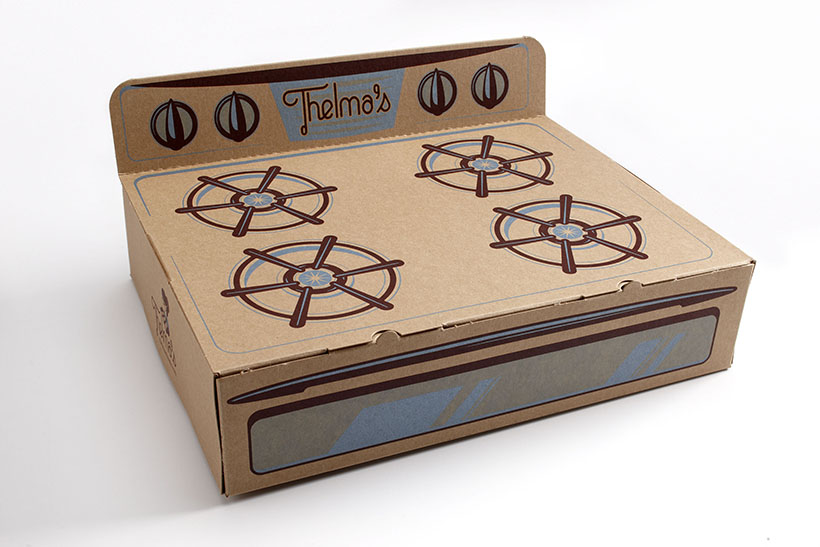
Source: Packaging of the World
Sales promotion design
You need:
✅ Platform-specific visuals (Facebook, Instagram, YouTube, Snapchat, or in-built advertising on third-party platforms)
When it comes to ad design, it is a marketing campaign and the channels of communication that determine your image or video choice. In 2020, targeted social media campaigns showed the highest ROI compared to other advertising channels. And their key advantage is flexibility, cost-effective segmentation, as well as real-time result monitoring.
Each social network has its own rules for advertising content design. They also offer your various advertising formats (for example, Facebook offers you Feed Ads, Carousel Ads, In-stream Video Ads, Marketplace Ads, and so on). Pay attention to the promotional content limitations within the most popular social media. Use official sources to check current advertising visuals specs (see Facebook and Instagram Ads Guide and YouTube advertising guidelines).
In addition to advertising on social media, you may be interested in showing your products on third-party platforms. For example, most of the apps in the App Store and Google Play Market are free to users, and their owners earn money by selling ad space. The most common ad formats out there are banners, interstitial, offer-wall, native ads, and others.
You can save your time and resources by using drag and drop advertising visual builder as they offer templates that perfectly match any social platform. Explore Crello advertising templates (click on the Advertising tab on the left sidebar).
Social media presence
You need:
✅ A profile picture and cover
✅ Platform-specific visuals (shoppable product posts, Stories, Snaps, YouTube videos)
✅ User-generated content
✅ Unboxing videos
Social media activities are critical for eCommerce brands. Although your online shopping platform SEO can drive organic traffic to your site, communicating with customers on social media provides you with valuable insights and strengthens your brand image.
What’s more, social media content is more likely to go viral compared to posts on your own website or product updates there. Here are the most eCommerce-friendly social media so far:
— YouTube
What visuals do you need to communicate with social media users? If you are just starting your eCommerce account, your first priority is to fill in your profile and the next step is to generate brand content.
As with paid social media ads, all social media visuals are platform-specific. Moreover, many platforms have useful features for eCommerce: shoppable posts (Instagram Feed), shoppable pins (Pinterest), business tags (Instagram Stories), marketplaces and eCommerce buttons (Facebook), a direct response (DR) video format (a recent YouTube update). Explore them by reading platform guidelines for brands.
Keep in mind that showcase accounts are considered an outdated format in 2021, so opt for visuals featuring a certain lifestyle or have an independent artistic or informational value. Use user-generated content (UGC) to appeal to customers and build a trustworthy corporate image.
You can also generate template-based content which can save your budget and time significantly: type in a content format and the name of the platform here, and see what Crello can offer you.
More insights here — 7 Social Media Pro Tips for Small Businesses.
Offline campaigns
You need:
✅ Images for brochures and printed materials (product images, clients using your products, team photos)
✅ Event stand design
✅ Indoor and outdoor advertising images
✅ Visuals for interior design (pop-up store case)
Even eCommerce brands sometimes interact with customers, partners, and future employees offline. Thematic exhibitions, pop-up stores, sales campaigns accompanied by outdoor events, as well as event sponsorship are just a few examples of such activities.
To set up an event stand or create a sales promotion design for printed materials, you need corporate identity elements from your brand book and high-quality images that emphasize the benefits of your products. Use your existing product and team photos as a basis and a stock image library for making them trending and engaging.
More ideas for you here — How to Use Photography to Influence Consumer Behavior.
Wrapping up
According to Statista, online shopping is one of the most popular user activities online this year. It is also projected that global eCommerce revenue will grow almost twice in four years ($3.53 trillion in 2019 and projected $6.54 trillion in 2022). The competitive level goes higher accordingly so if you want to see your profits skyrocketing, let your online shopping platform keep up with the times.
The main tools for communicating with the audience for eCommerce are digital visuals, and product images and videos are of the most importance here. However, you also need thematic and trending visuals to create beautiful designs for email marketing, SMM, advertising, offline events, and your website.
So that creating design materials does not turn into a nightmare for you, apply the checklist from this article and clearly plan your work. Use our stock images and video libraries, as well as Crello, a template-based graphic editor, to reduce the cost of visual production and speed it up.

